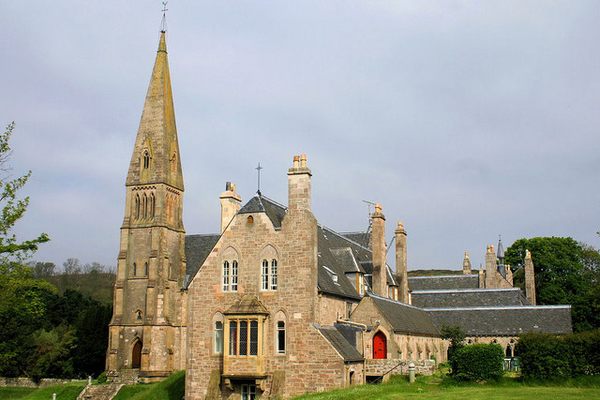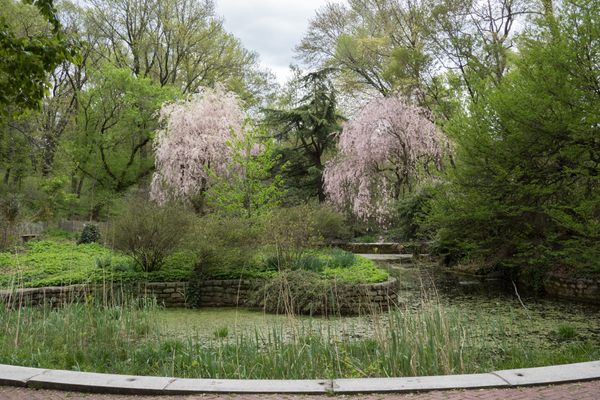Ascog Hall Victorian Fernery
A fernery hidden by neglect is uncovered, and an ancient specimen along with it.
“When the “jungle” was gradually cleared, we uncovered a large glazed structure in the undergrowth, almost hidden by a covering of ivy. Rustic steps led down to the sunken, dingy interior full of broken glass, water, mud and brambles. This apart, it was a fascinating spectacle, with strangely fashioned walls as well as a clogged up pond full of rotting vegetation. Here and there could be seen fallen black fibrous trunks, which was all that remained of the tree ferns that had once thrived in this magical place.” - Kath Stewart of Ascog Hall
What the owners had discovered was a completely forgotten ruinous Victorian fernery of 1879. It was totally derelict, the roof having all but collapsed and the interior choked with trees and brambles. Miraculously, one large fern had survived - a huge specimen of Todea Barbara, with a rhizome about a metre in diameter and 3 metres high. It is still visible today and is said to be a thousand years old.
The basic structure is an L-shaped canyon excavated in a natural bank, and with a span roof of iron girders and glass at ground level. Thus, one enters the structure by going down steps as if into a grotto. This semi-burial in the ground allows the fernery to be unheated and yet be suitable for a wide range of sub-tropical vegetation.
Know Before You Go
On exiting Rothesay pier, turn left and drive along the coast road for 3 miles. A sign at the roadside marks The Victorian Fernery.



















Follow us on Twitter to get the latest on the world's hidden wonders.
Like us on Facebook to get the latest on the world's hidden wonders.
Follow us on Twitter Like us on Facebook